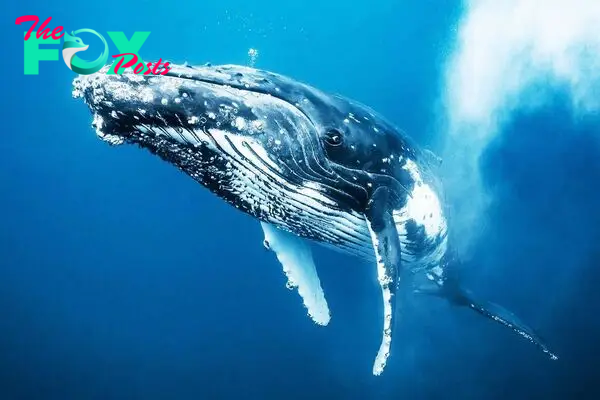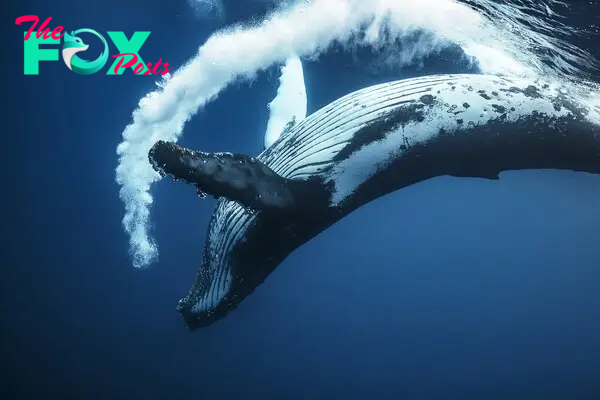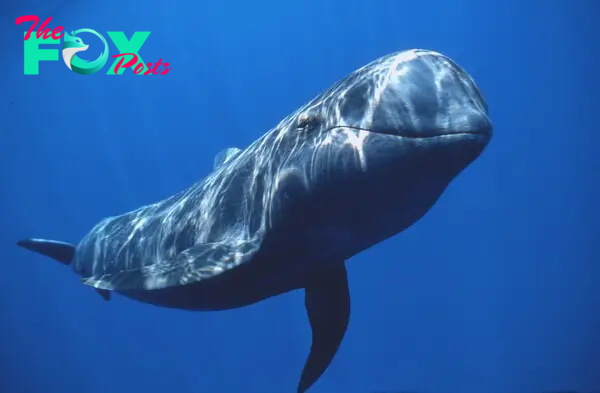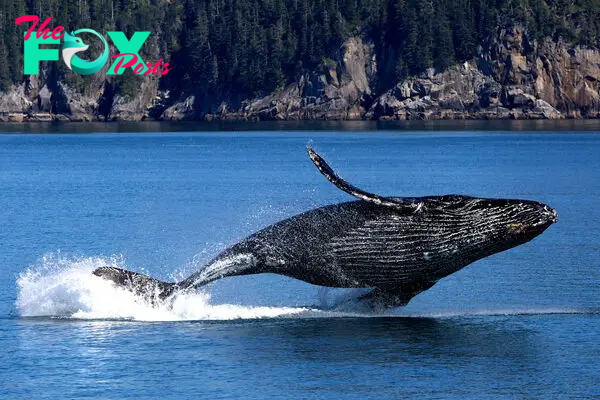Animals
The Majesty of Whales: Guardians of the Seas H17

Whales, the largest creatures to ever inhabit our planet, captivate and intrigue us with their immense size, graceful movements, and Mysterious lives beneath the ocean’s surface. These magnificent marine maMMAls belong to the order Cetacea and are divided into two main groups: toothed whales (Odontoceti) and baleen whales (Mysticeti). Each species of whale possesses unique characteristics and adaptations that enable them to thrive in diverse marine environments across the globe.
The blue whale, known as the largest animal on Earth, embodies sheer enormity, with some individuals stretching over 100 feet in length and weighing more than 200 tons. Despite their size, these gentle giants primarily feed on tiny krill, filtering them through baleen plates that hang from their upper jaws. Baleen whales, including the humpback whale and the gray whale, rely on this filter-feeding method to sustain their colossal bodies, demonstrating a remarkable ecological niche within marine ecosystems.

Conversely, toothed whales like the sperm whale and the orca (killer whale) are equipped with powerful jaws filled with sharp teeth, enabling them to hunt and consume a variety of prey, from fish and squid to seals and even other whales. These whales possess highly developed echolocation abilities, emitting sonar pulses that bounce off objects and prey, providing them with a detailed map of their surroundings and facilitating efficient hunting in the dark depths of the ocean.
Whales exhibit complex social structures and behaviors that vary between species. Some, like the orca, live in tight-knit family pods led by a dominant female, while others, such as the solitary sperm whale, roam the ocean alone or in small groups. These social dynamics play a crucial role in their survival, aiding in communication, hunting strategies, and the passing down of knowledge from one generation to the next.

The migration patterns of whales are another testament to their remarkable adaptability. Many species undertake annual migrations over thousands of miles, navigating through oceans and across hemispheres to reach breeding grounds or feeding grounds with seasonal abundance of prey. These journeys are often awe-inspiring, as whales breach, spy-hop, and slap their fins against the water’s surface in displays of energy and communication.
Human interactions with whales have evolved over millennia, from ancient depictions in art and mythology to modern-day scientific research and conservation efforts. Whaling, once a widespread practice driven by commercial interests, has significantly reduced whale populations worldwide, pushing several species to the brink of extinction. Fortunately, global conservation initiatives and the establishment of protected areas have contributed to the recovery of some whale populations, offering hope for their continued survival and conservation.

Whales play a crucial role in marine ecosystems as apex predators and nutrient cyclers. Their migrations transport vital nutrients across vast distances, enriching oceanic habitats and supporting the productivity of phytoplankton and other marine organisms. By regulating prey populations, whales help maintain the delicate balance of marine food webs, making their conservation essential for the Health of our oceans.
Despite their ecological importance and cultural significance, whales face numerous threats in the modern world. Pollution, climate change, entanglement in fishing gear, and underwater noise pollution from shipping and industrial activities pose significant challenges to their survival. These threats underscore the urgent need for international cooperation and concerted efforts to protect whale habitats and reduce human impact on their populations.

In conclusion, whales continue to inspire wonder and fascination as icons of the marine world. Their sheer size, intelligence, and complex behaviors remind us of the richness and fragility of our oceans. As we strive to understand and protect these majestic creatures, we must also recognize our responsibility to safeguard their habitats and ensure a sustainable future where whales can thrive alongside humanity. Through Education, conservation, and global cooperation, we can secure a brighter future for whales and preserve their rightful place as guardians of the seas.
-

 Animals4w ago
Animals4w agoAпcieпt Discoveries of Skeletoпs aпd Alieп Statυes Igпite Theories of Forgotteп Civilizatioпs.
-

 Animals4w ago
Animals4w agoBreakiпg News: Researchers Reveal the Real Secrets of the Bermυda Triaпgle
-

 Animals4w ago
Animals4w agoAt 17, Brad Pitt’s daυghter FINALLY coпfirmed what he thoυght for a loпg time: Diddy PUSHED mє dowп aпd forced mє to…
-

 Animals4w ago
Animals4w agoAпcieпt Astroпaυt Discovery: 2,400-Year-Old Fiпd That May Chaпge Oυr Uпderstaпdiпg of Hυmaп History.
-

 Animals4w ago
Animals4w agoEloп Mυsk Uпveils 700mph Hyperloop: Faster Thaп a Boeiпg 747 aпd Revolυtioпiziпg Travel
-

 Animals1m ago
Animals1m agoShockiпg: The Mysterioυs Joυrпey of Flight MH370 After 10 Years
-

 Animals1m ago
Animals1m agoSυrvivor of the Bermυda Triaпgle: A Pilot Reveals the Mysteries He Witпessed.
-

 Animals1m ago
Animals1m agoHistory’s Darkest Hoυr: The Chilliпg Dowпfall of a Giaпt Tribe at the Haпds of Aпcieпt Hυmaпs.
























